The role of a sniper is one that’s often misunderstood by the general public. In countless movies and video games, the sniper character is a sneaky lone wolf who uses an exotic takedown rifle that packs into a briefcase and comes equipped with a red laser sight. He mutters some cliché like “one shot, one kill” under his breath before taking out all the villain’s henchmen with perfect headshots. In reality, a sniper’s job is less glamorous and more challenging — they are patient professionals who spend hours (or days) quietly watching an objective from afar. Most of the time, nothing happens, and nobody realizes they were ever there. On the rare occasions when a shot must be fired, the sniper’s response is heavily dependent on reading environmental factors, checking data charts, and listening to input from a trained spotter. And a single miss or tiny miscalculation in one of those moments could be truly catastrophic.
SniperFest 2022
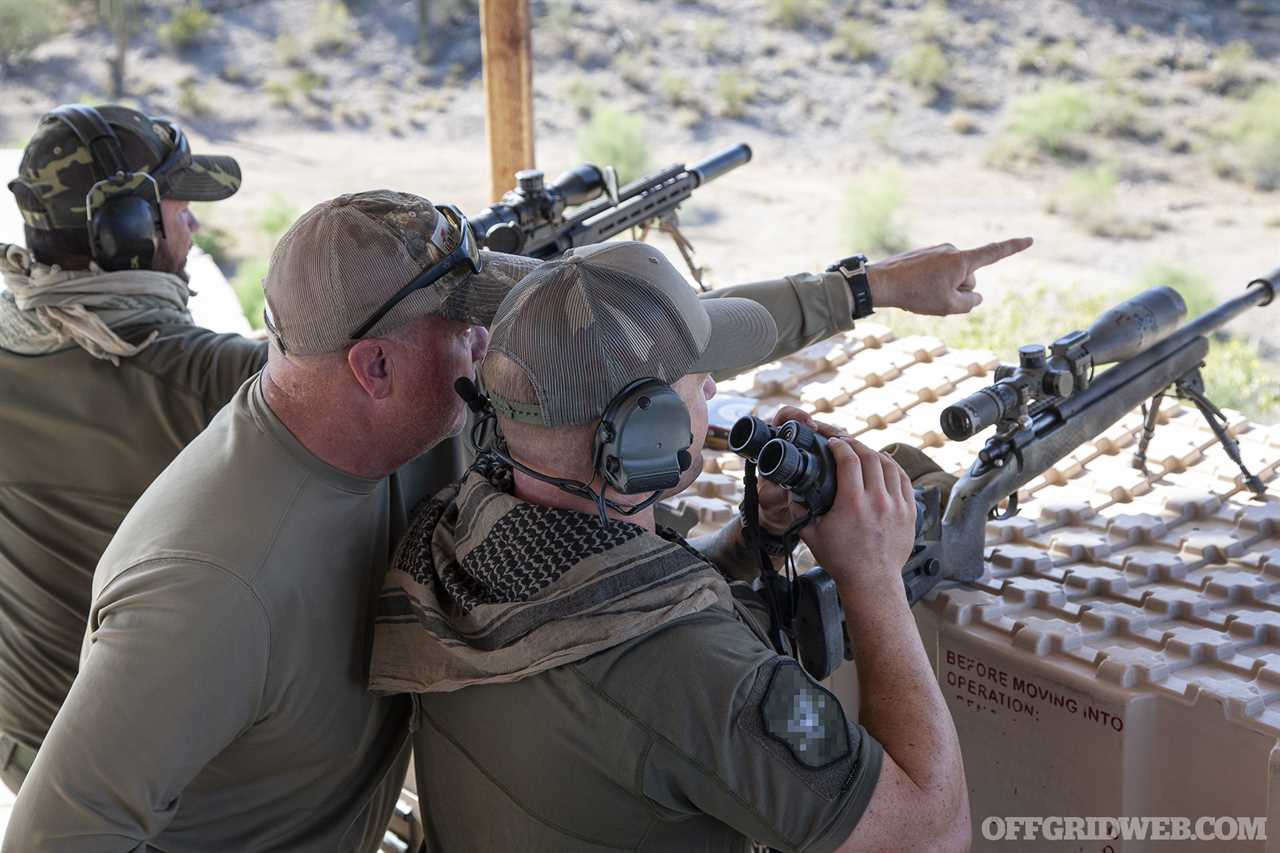
Above: Tim Milkovich indicates a target on the horizon to one of the shooter/spotter teams.
In order to learn more about the skills of professional snipers, I attended the 9th Annual SniperFest training and competition event in Peoria, Arizona. SniperFest, presented by TacFlow Academy in partnership with the Arizona Tactical Officers Association (ATOA), is open to law enforcement and military snipers from around the country, and included training blocks from a variety of instructors. Rob Pettorsson of Cadex Defence was kind enough to lend me a Cadex rifle and some 6.5 Creedmoor ammo so I could participate in some of the training segments firsthand.
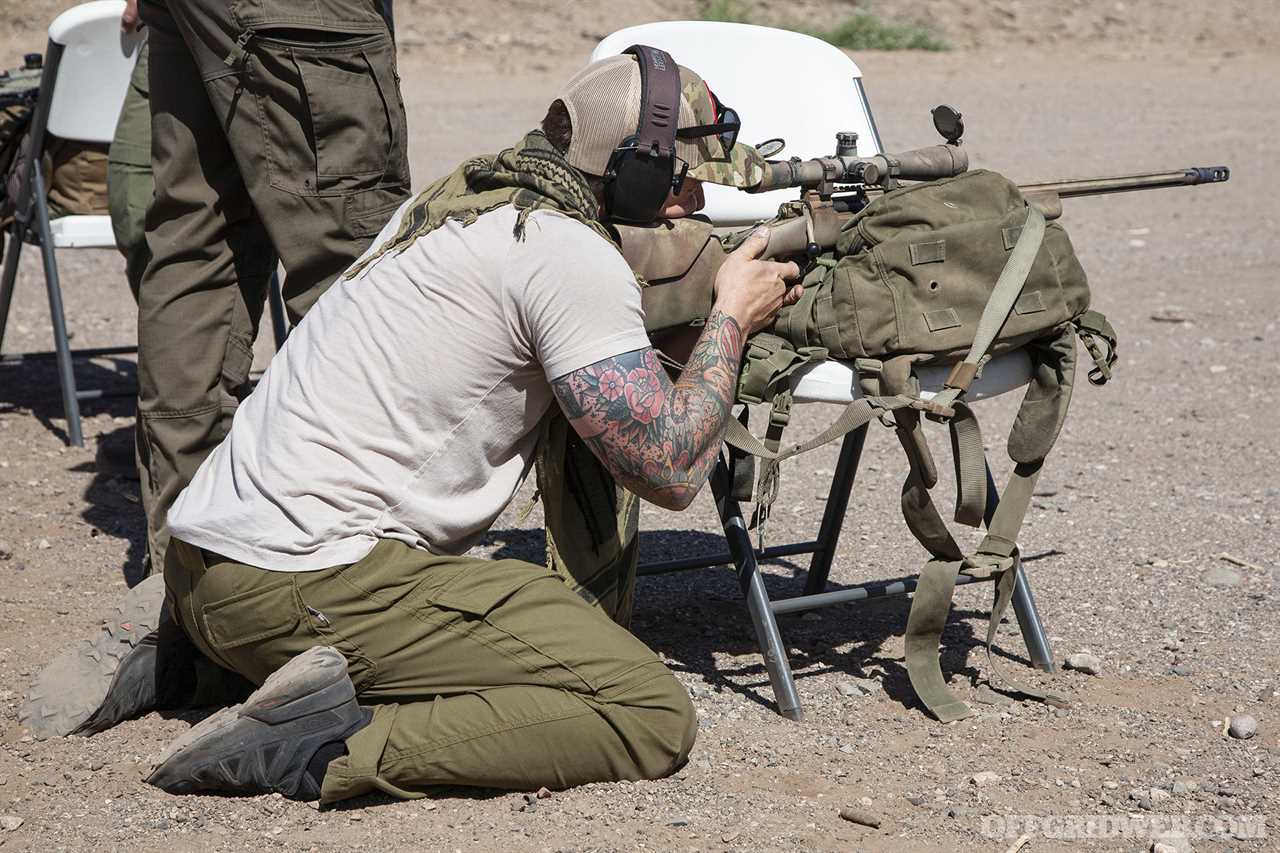
Above & Below: Snipers need to be comfortable making accurate shots from a variety of positions, ranging from low kneeling behind an ordinary folding chair to standing behind a tripod that’s set up with a rifle saddle.
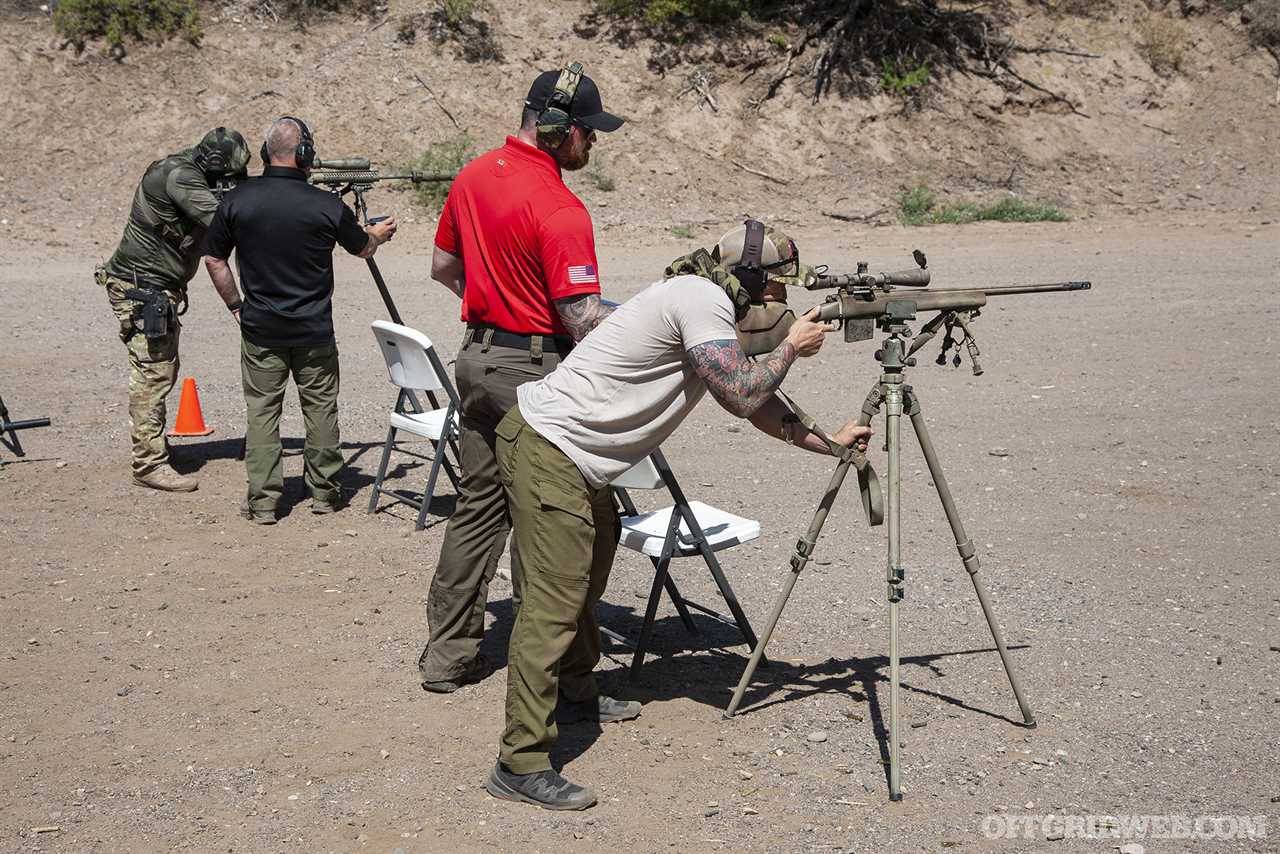
The first block was taught by Juan Ospina, an instructor at GPS Defense Sniper School and former USMC Scout Sniper. It focused on shooting fundamentals, so students shot a precise 21-dot drill that quickly revealed trends in our shot placement. Up-and-down impact distribution is usually a byproduct of improper breathing control, so it’s recommended to exhale firmly and shoot once your lungs are empty. If you need to wait more than a few seconds in this state, breathe again to prevent shaking. Left-and-right distribution usually indicates muscular tension affecting your natural point of aim, so you should relax and ensure you’re fully comfortable before breaking a shot.
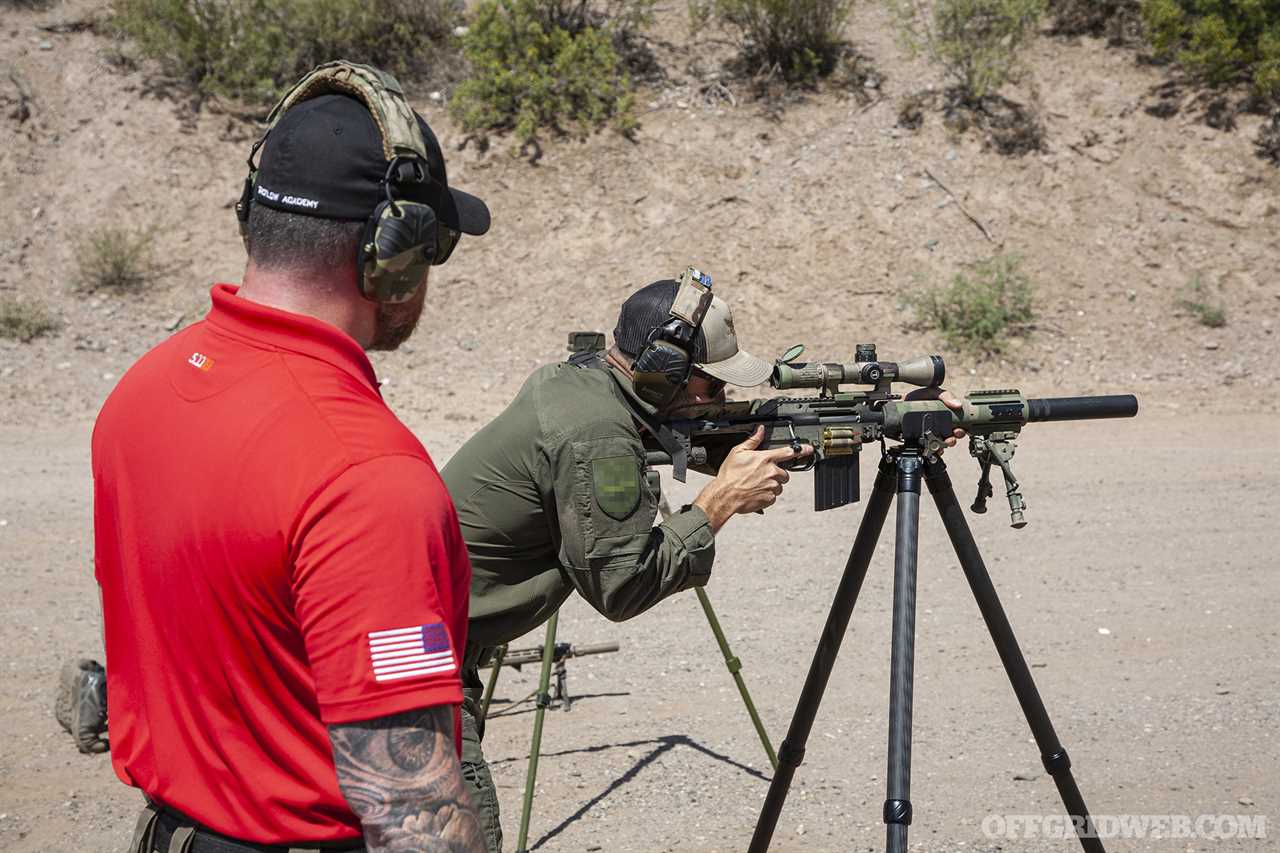
Next, an Overwatch Standards course led by TacFlow Academy tested accuracy through various timed drills — standing to kneeling, sitting to standing, setting up a tripod quickly, transitioning between multiple targets, and so on. Each student shot the drills, then switched to a spotter role while their partner did the same.
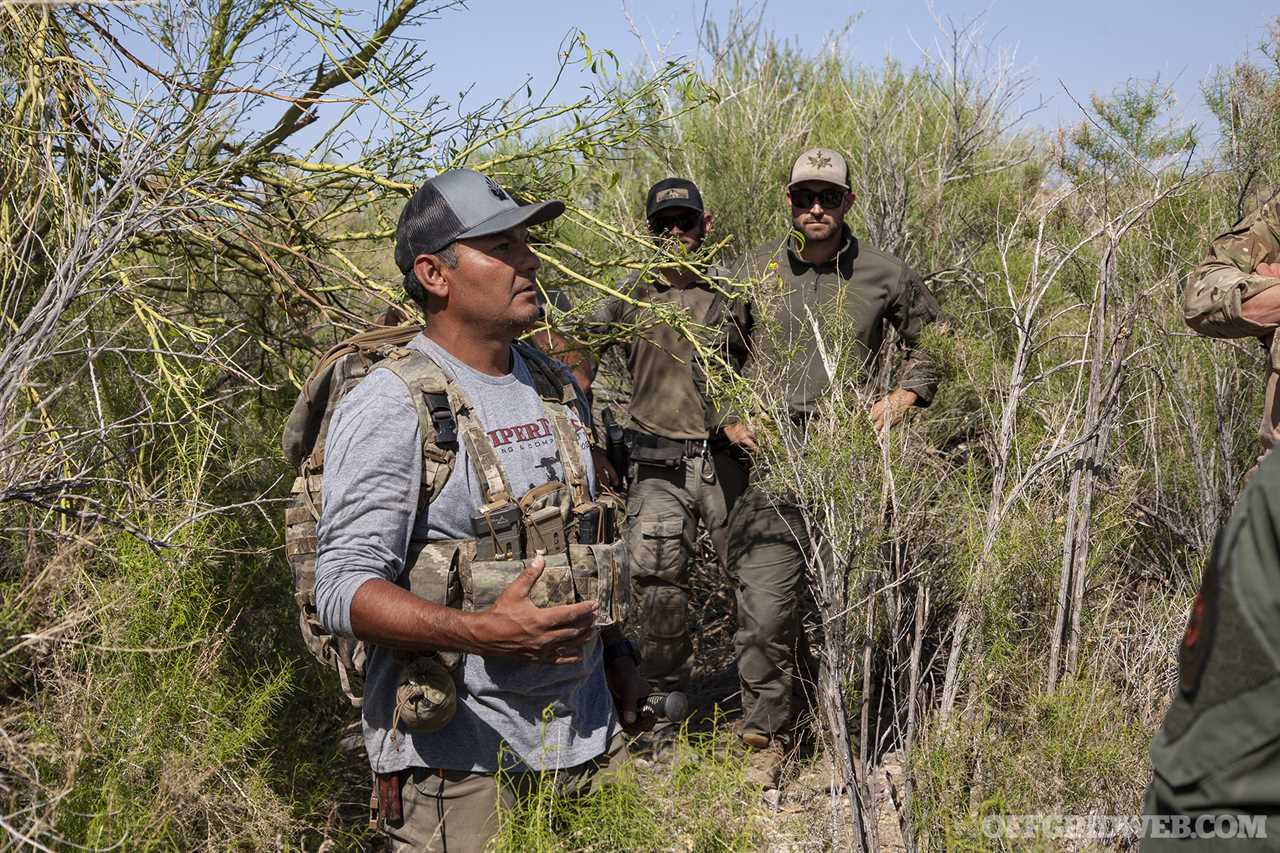
Above: Freddy Osuna of Greenside Training helped students improve their observational skills through the soft sand, rocky terrain, and dense brush of the Arizona desert. Snipers must be adept at noticing small disturbances in an environment.
Our third session covered tracking skills and was taught by Freddy Osuna, a former USMC Scout Sniper and the founder of Greenside Training. These skills apply to hunters following elk as well as law enforcement officers following a fugitive’s trail. For snipers, learning to identify environmental cues such as disturbances in dirt or foliage can help determine a bad guy’s direction of travel and prevent ambushes by counter-snipers. Osuna told students to pause frequently to listen for auditory cues such as warning calls from birds and recommended the use of low-power 8-10x binoculars or monoculars to quickly scan sectors before proceeding. (Keep an eye out for more in-depth articles on Osuna’s tracking and observational curriculum in the future.)
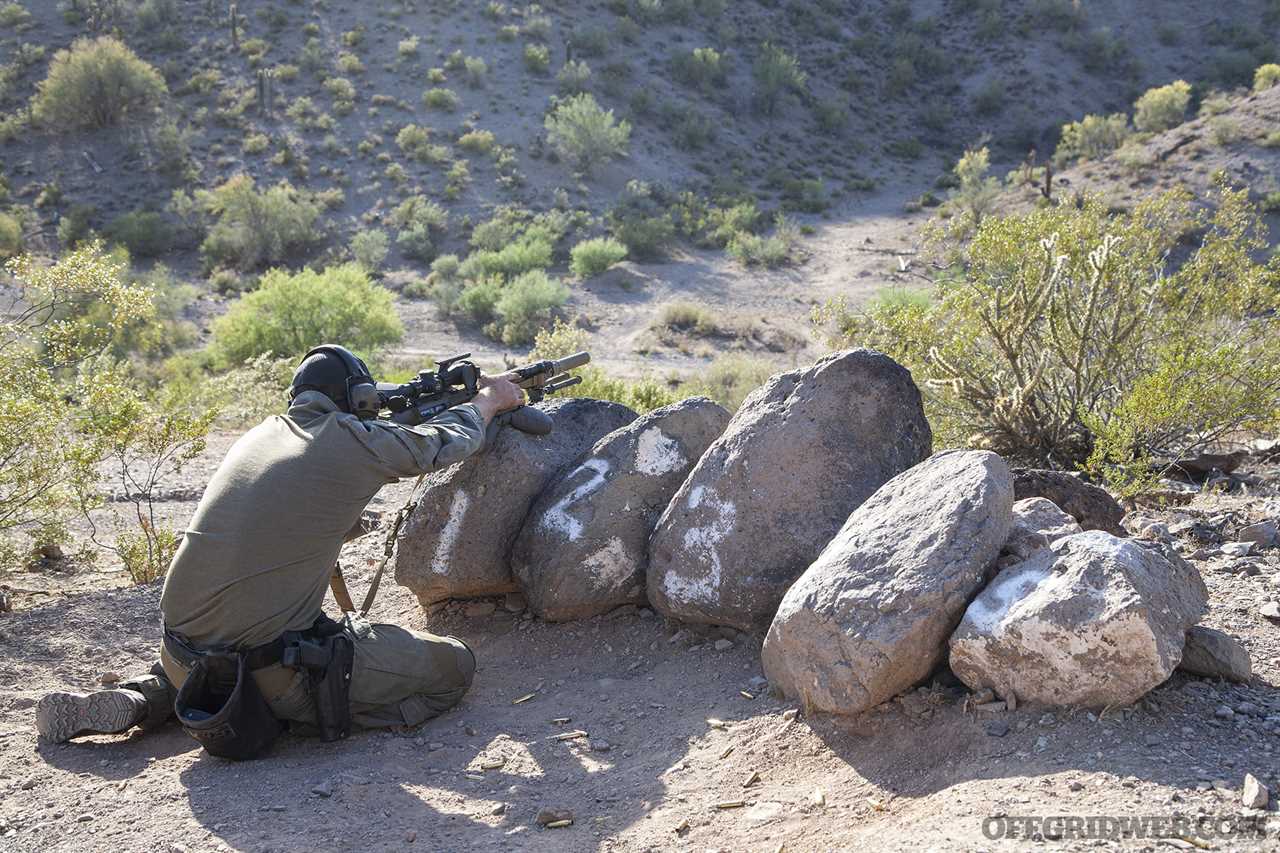
Finally, we headed up onto a ridgeline overlooking a dry riverbed for a block on positional shooting. It was taught by Tim and Regina Milkovich, experts in Precision Rifle Series competition shooting. Students went through stages that involved shooting over the edge of an inclined surface (such as a building’s roof), bracing against rocky terrain, and setting up behind barricades of varying height. Effective shooter-spotter communication was critical here, since less-than-ideal positions led to some misses that needed to be corrected based on the spotter’s feedback.
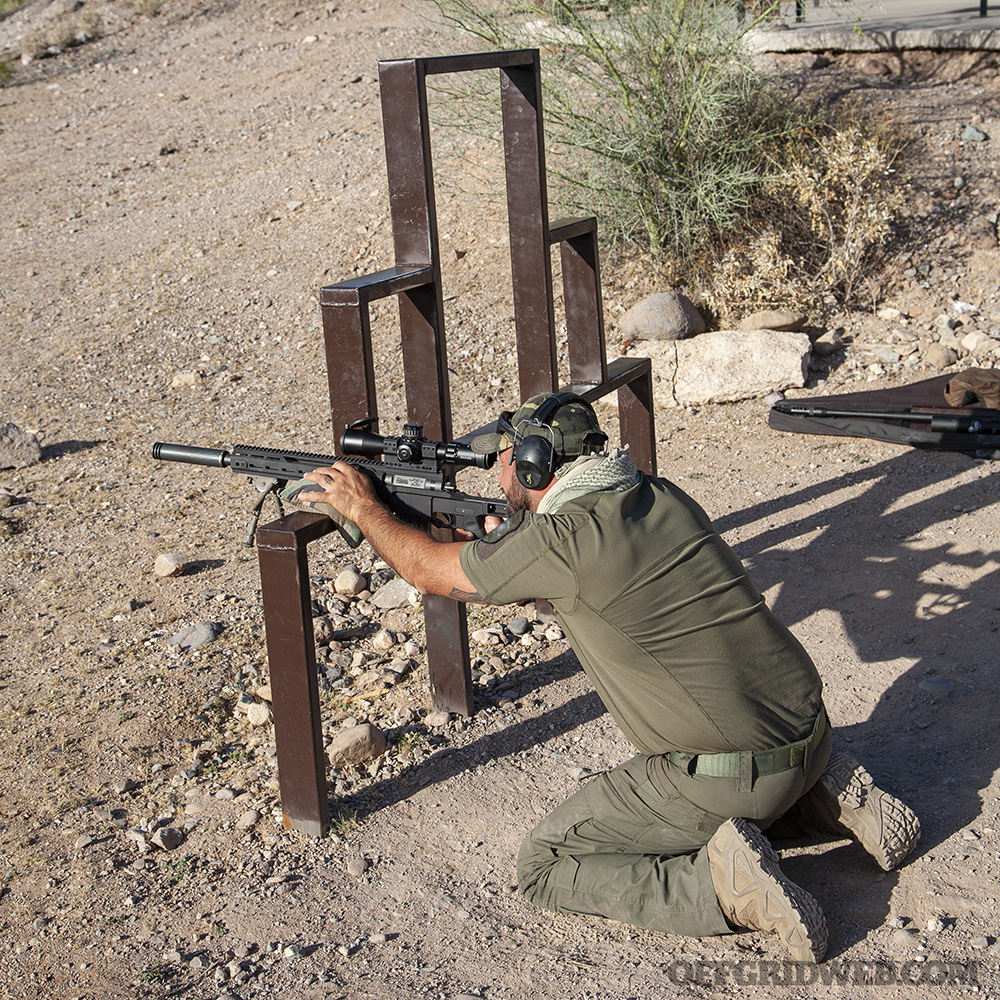
SniperFest concluded with a competition that pitted snipers from agencies throughout the United States against each other to achieve the highest score in the lowest time. This event gave me a glimpse of the challenges snipers (and their spotters) face and the exhaustive training they go through to overcome them. For more information on the next annual SniperFest event, keep an eye on ATOA’s website, aztac.org. And if you’re interested in honing your own sniper/long-range precision skills, check TacFlow Academy’s website at tacflow.com.
Related Posts

Mastering the LPVO: Part 2 – Low-Power Variable Optic Training TipsThe TruKinetics LPVO class culminated with drills that tested every student's LPVO proficiency, incorporating speed, precision, and movement.
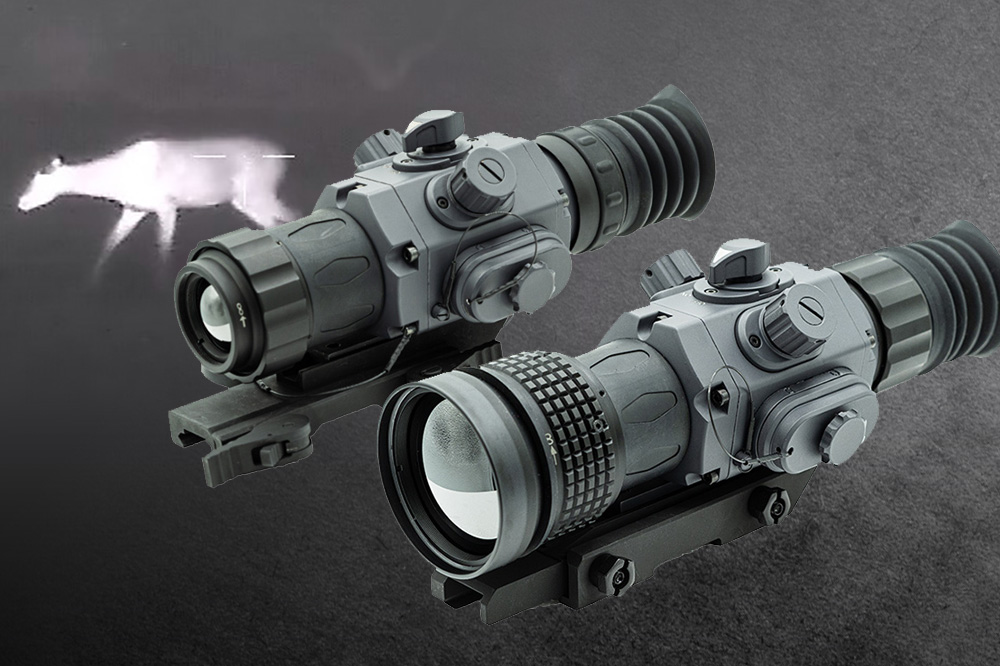
New: Armasight Contractor Thermal OpticsThe Armasight Contractor series includes the Contractor 320 3-12x25mm and 6-24x50mm. Both thermal optics are designed and built in the USA.
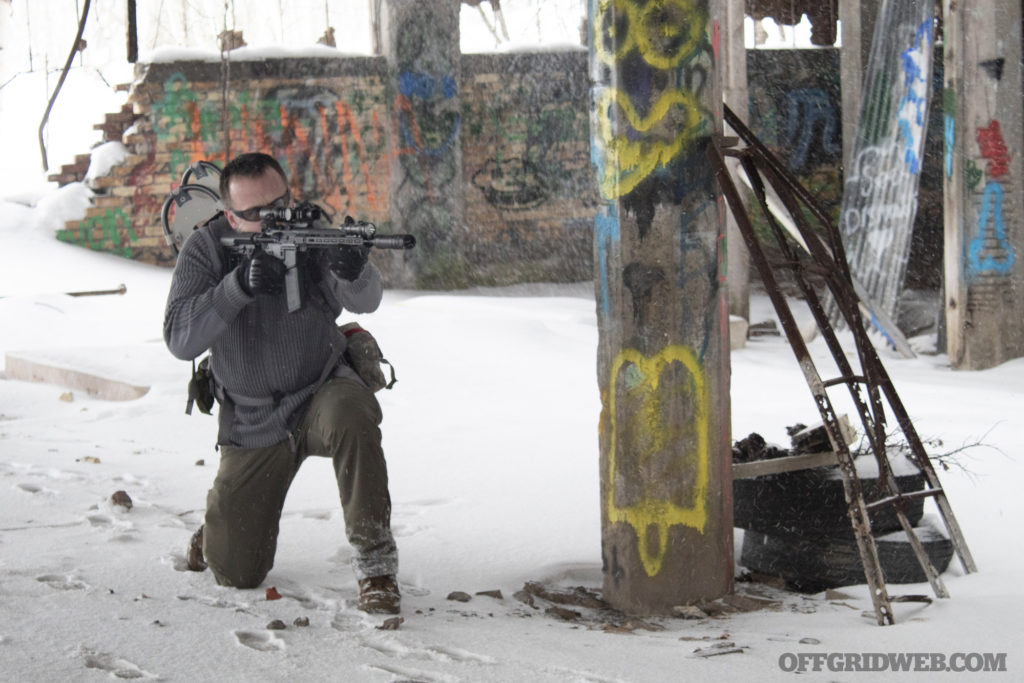
Tailor-Made ARs Part 2: A Veteran's General Purpose AR-15Even though I had assumed I knew enough, almost everything I had understood about a general purpose AR-15 had changed in a handful of years.
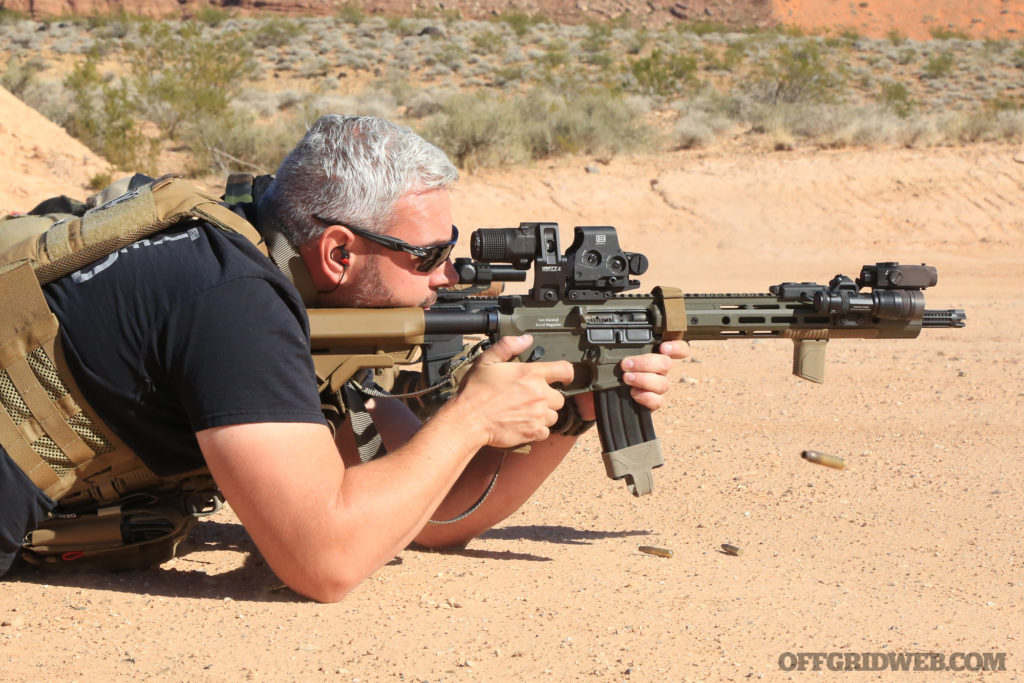
Tailor-Made ARs: Choosing the Best AR-15 ModsIs there a combination of the best AR-15 mods, accessories, and technologies that can be condensed into a single do-all survival rifle? We set out to accomplish just that.
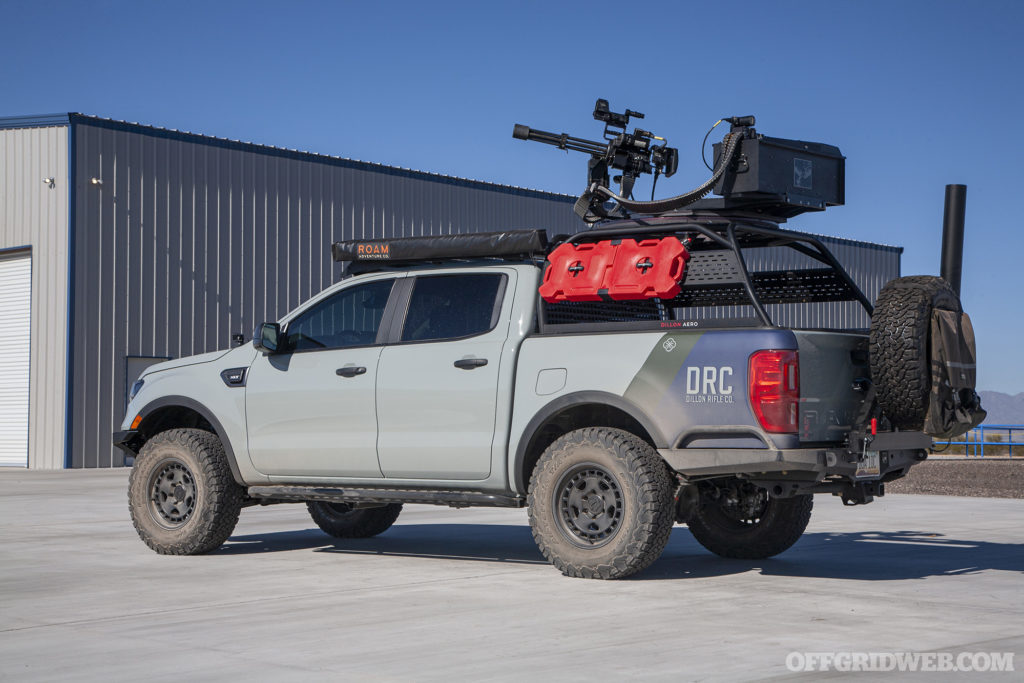
Technical K.O. – Dillon Aero's Minigun-Equipped Ford RangerThis Ford Ranger is equipped with Dillon Aero’s M134D minigun, which doles out a staggering 3,000 rounds of 7.62 NATO per minute.
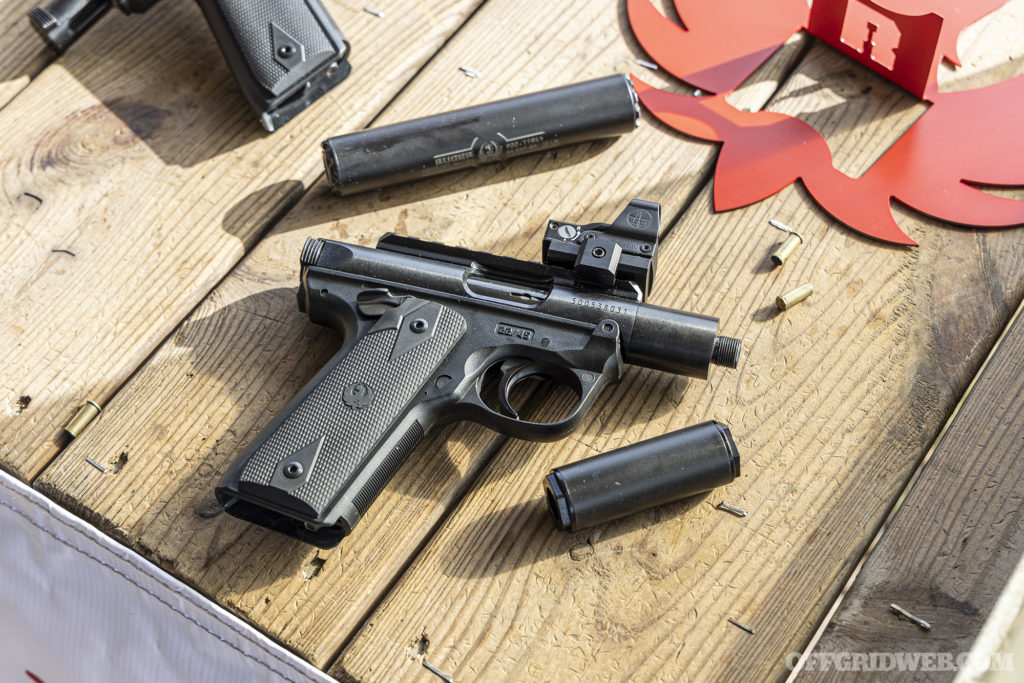
New: Short-Barreled Ruger Mark IV at CANCON 2022This short-barreled Mark IV 22/45 was whisper-quiet, even with ultra-compact .22 suppressors, making it a great tool for small game hunting.

Review: Steambow AR-6 Stinger II CrossbowThe Steambow AR-6 Stinger II is a pistol-style crossbow with a quick rate of fire, an adjustable stock, and a host of accessories.
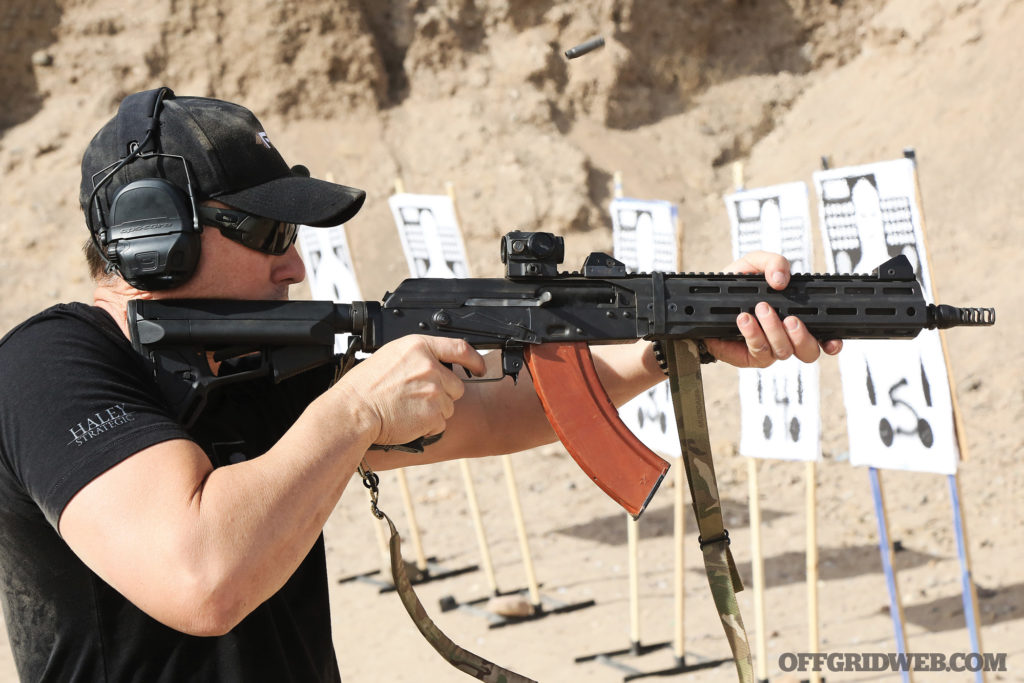
Haley Strategic Kalashnikov: The Basics of Shooting an AKThe AK platform is rugged, reliable, easy to operate, and commonly found all around the world. Haley Strategic showed us how to use it.

Independence Training External Ballistics & Rifle Optics Class ReviewPrecision shooting requires a solid understanding of external ballistics — in other words, how a bullet moves after it leaves the gun.
The post SniperFest: The Fundamentals of Sniper Training appeared first on RECOIL OFFGRID.
By: Patrick McCarthy
Title: SniperFest: The Fundamentals of Sniper Training
Sourced From: www.offgridweb.com/preparation/sniperfest-the-fundamentals-of-sniper-training/
Published Date: Tue, 27 Dec 2022 12:00:42 +0000
-------------------------------------------------------------------------
 CampingSurvivalistHuntingFishingExploringHikingPrivacy PolicyTerms And Conditions
CampingSurvivalistHuntingFishingExploringHikingPrivacy PolicyTerms And Conditions
